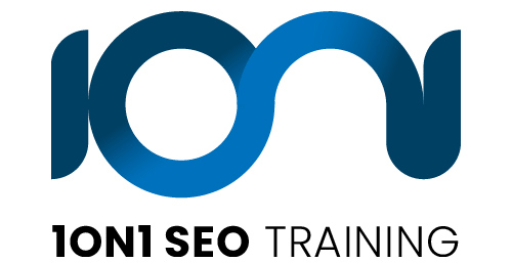Every business needs to go digital this year – no exceptions. If your business still depends on traditional marketing methods, you may be missing a large chunk of potential customers. While traditional marketing may still contribute to some of your leads and sales, it is your web presence that will truly enhance your business's online performance. Every company must outline an SEO strategy for short-term and long-term gains.
SEO refers to a set of ongoing efforts that will improve a website’s visibility and rank in search engines. Nearly all searches are done with the help of search engines, especially when the customer is looking for products and services.
1. Find The Right Keywords
Search engine optimization has always revolved around search terms or keywords. While Google's search algorithms have indeed evolved to accommodate more search signals in the past two decades, keywords continue to be an essential component of a successful SEO strategy. The easiest way to get keyword ideas for any market is by peeking at Google Suggest.
Type any keyword on Google. You will see a dropdown list of keyword suggestions directly related to your search term. Consider the keyword suggestions from Google Suggest top-notch because these are current, relevant keywords suggested by the search engine itself. Be sure to take note of longtail keywords or keywords that are more than three words long. These search phrases tend to be less competitive, and it is easier to rank for these keywords than single-word search terms.
2. Analyze Google First Page Results
The bulk of clicks take place on the first page of Google. Therefore, all the site pages displayed on the first-page work. Scan the first page results and note how your competitors developed and structured these pieces of content. On top of the relevant topics, you should also pay attention to what type of content your competition is offering. Are they publishing how-to guides? Have they developed comprehensive list articles? Identify the most popular forms of content and try to create one for your site, too.
3. Outdo and Outlast the Competition
When it comes to content, you have two main choices: outdo your competition by putting out something better , or you can create something different. The quest for high-ranking content has always been about quality.
Google wants site owners to focus on publishing quality content that people need and will find helpful. One of the fastest ways to outdo your competition is the Skyscraper Technique. Essentially, the Skyscraper Technique takes advantage of the basic human tendency to associate with only the best.
This is how the Skyscraper Technique works: find content that already has high domain authority and many backlinks and then develop something superior to this top-ranking piece of content. After publishing your skyscraper content, ask people to link to it.
4. Make People Want to Link to You
Backlinks are still highly relevant for ranking well on Google. Therefore, you have to start developing content that has topical authority so people would want to link to your blog or site. There is no single method of impressing people with range, but there are some consistent steps observed across high-ranking range across the web:
- The content must be thoroughly researched and linked to authority sites, complete with relevant data, including statistics, whenever needed.
- The content is packed with relevant and current information. People will link quickly to sites with data from the past 1-2 years—the more recent the report, the better. Citing expert sources is also a trend that has created a good amount of traction for many sites. People trust content with credible sources, and Google has its metrics that measure the trustworthiness of content based on the areas it refers to for accurate information.
- People are also drawn to content that features experts. Experts don't have to be super prominent – they have to have the minimum credentials to speak about a specific topic. Readers tend to be more engaged with pages that discuss issues with depth and comprehensiveness.
5. Make Your Internal Linking Strategy Work
Internal linking can still help improve your SEO strategy. However, you have to perform the correct type of linking. Essentially, you need to connect poorer-performing pages with the highest-performing ones. Use accurate descriptions on your anchor text, too. Make sure that the linking makes sense and use natural language so your readers know why they should click in the first place.




